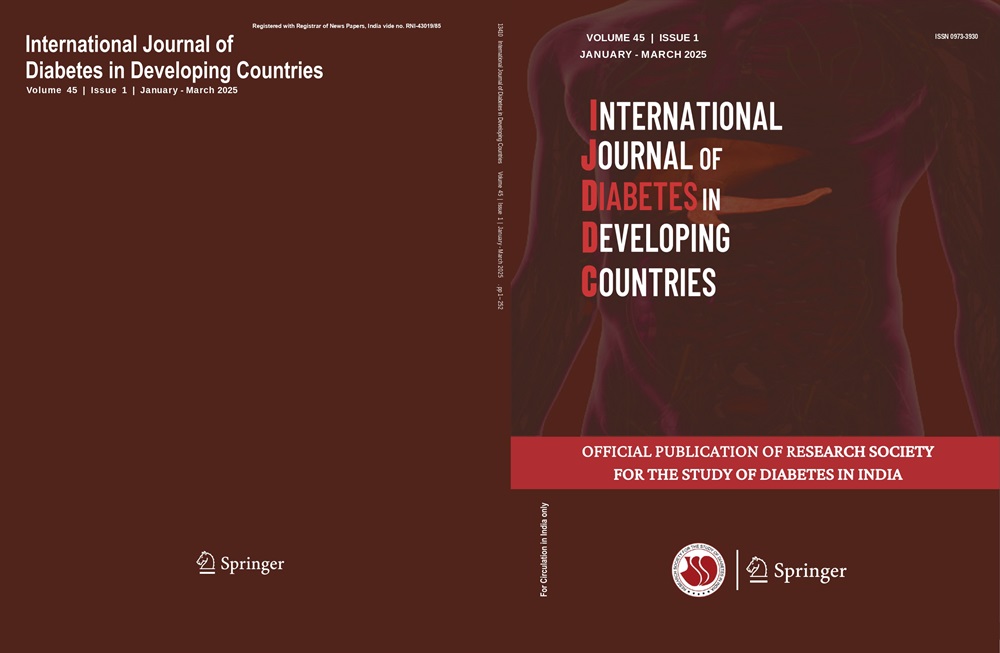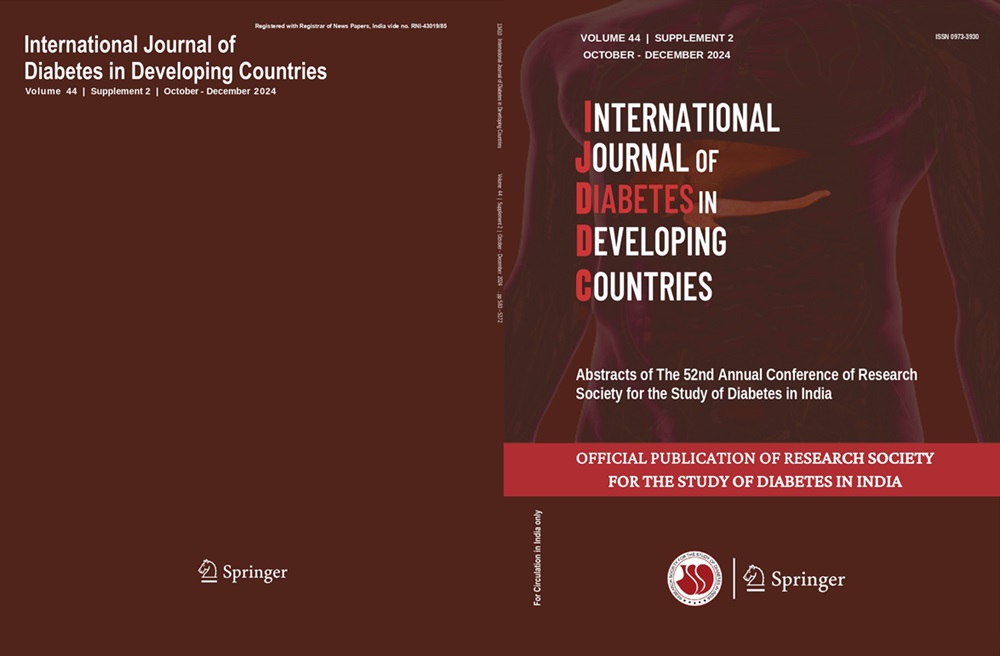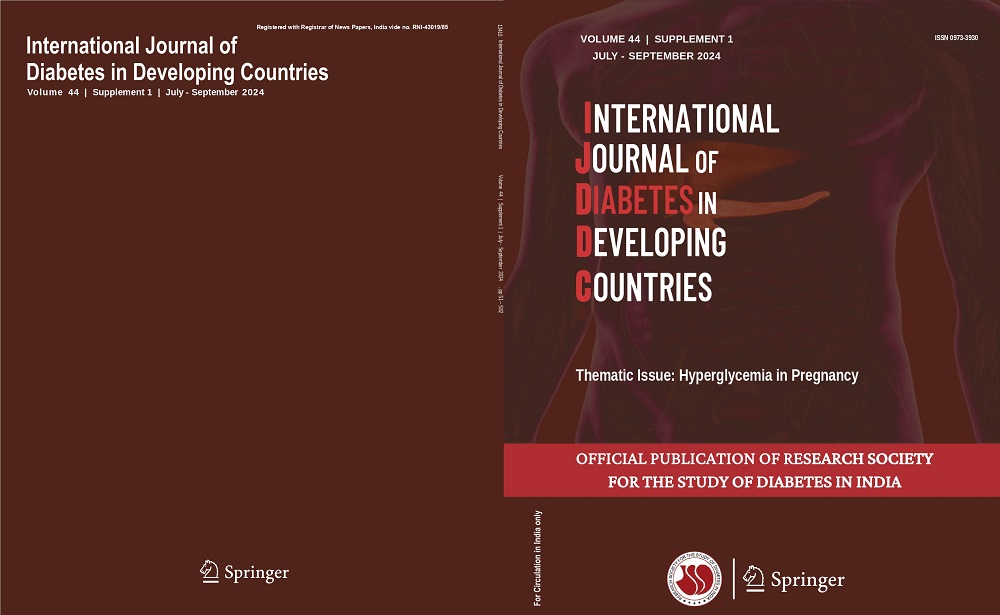Vinoth Rathinam, Sasireka R, K. Valarmathi
Keywords
Diabetic retinopathy (DR) detection • Retinal image • Preprocessing • Iter Net segmentation • Feature extraction • Improved Intelligent Water Drop (I 2 WD) optimization • Discriminated Multi-Instance Classification (DMIC)
Background Diabetic retinopathy (DR) is an autoimmune disorder that affects the human eyes, causing lesions on the retina as a consequence of diabetes mellitus. Early identification of DR is crucial for effective vision maintenance and preventing severe vision loss.
Objective To develop and implement an automated and novel approach for the detection and classification of diabetic retinopathy, addressing the limitations of conventional DR detection systems which include complex disease detection, time-consuming processes, and low training efficiency.
Methods The proposed work introduces an Improved Intelligent Water Drop (I 2 WD) optimization algorithm for selecting the most correlated features from the extracted feature set, thereby reducing the complexity of the classifier. For the prediction of DR, the Discriminated Multi-Instance Classification (DMIC) algorithm is employed, known for its higher accuracy and lower rate of incorrect predictions.
Results The proposed Item Net–based I2 WD-DMIC model is tested, validated, and compared using well-known benchmark datasets. The results demonstrate significant improvements in accuracy and efficiency over conventional DR detection methods.
Conclusion The novel I 2 WD-DMIC approach offers a robust and efficient solution for diabetic retinopathy detection and classification, overcoming the typical limitations of traditional systems. This method shows promise in enhancing early diagnosis and improving patient outcomes in clinical settings




